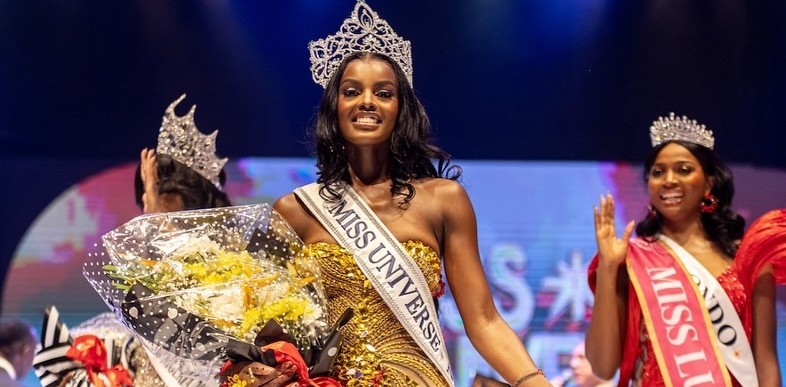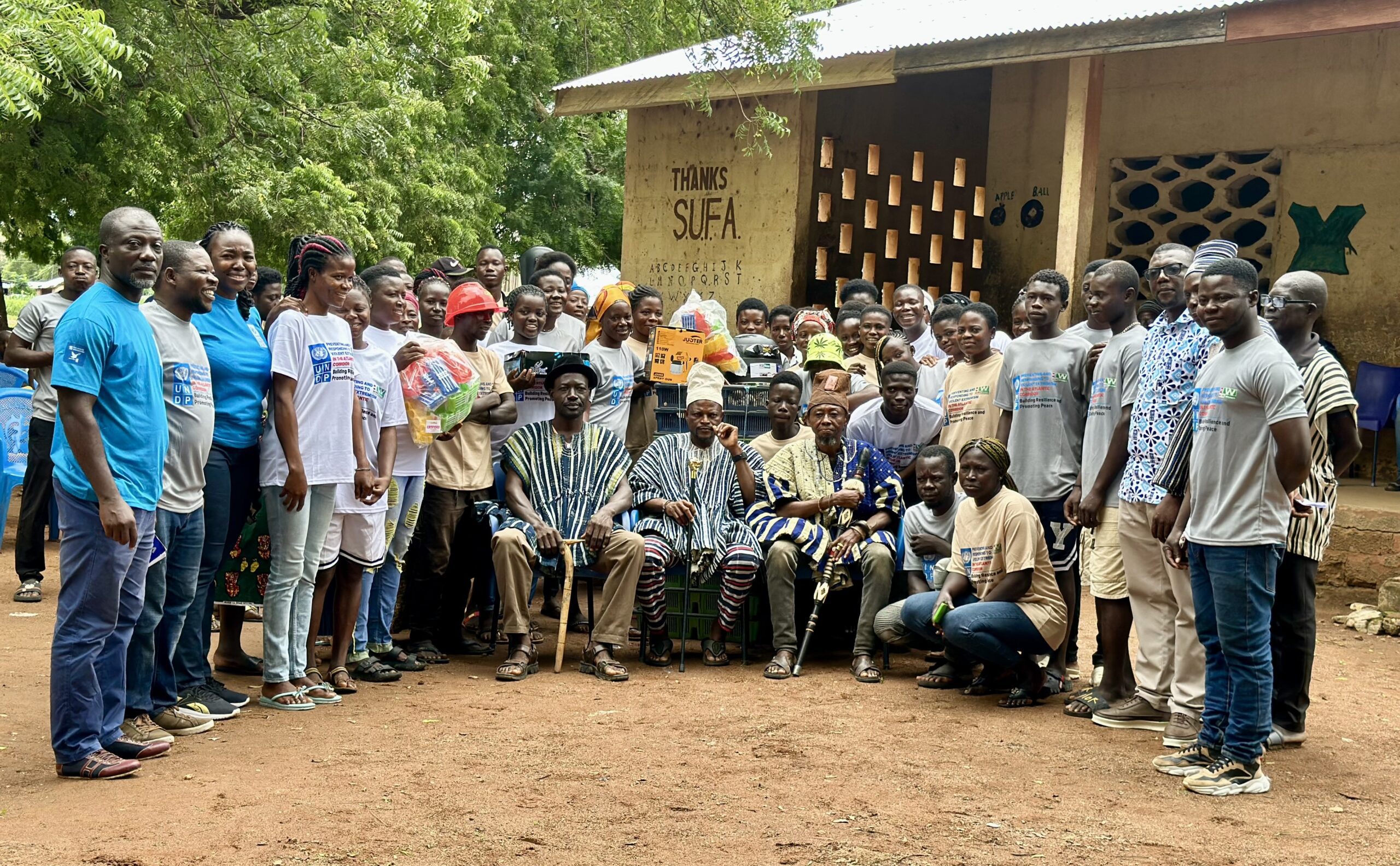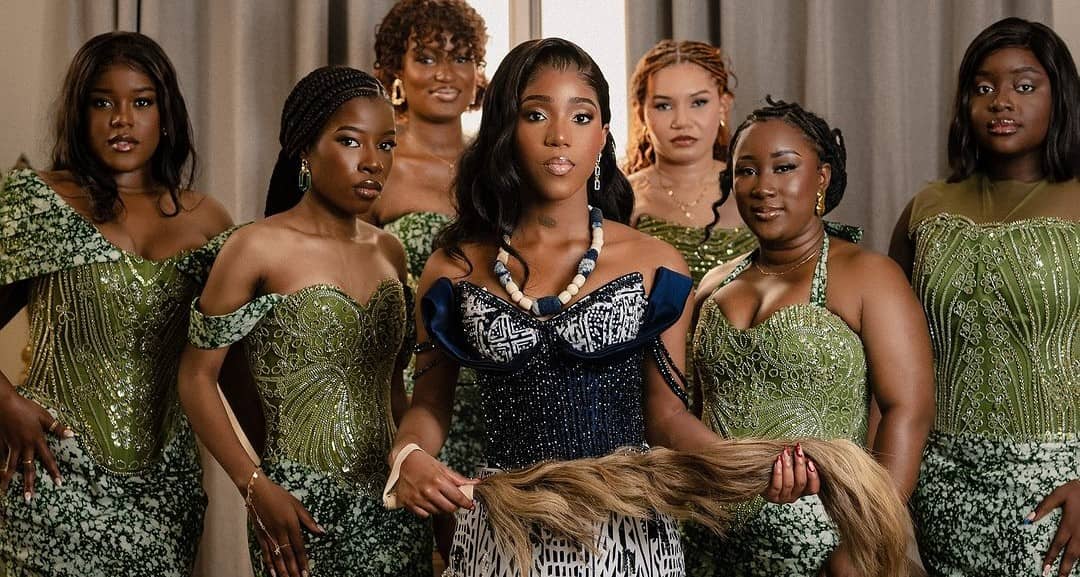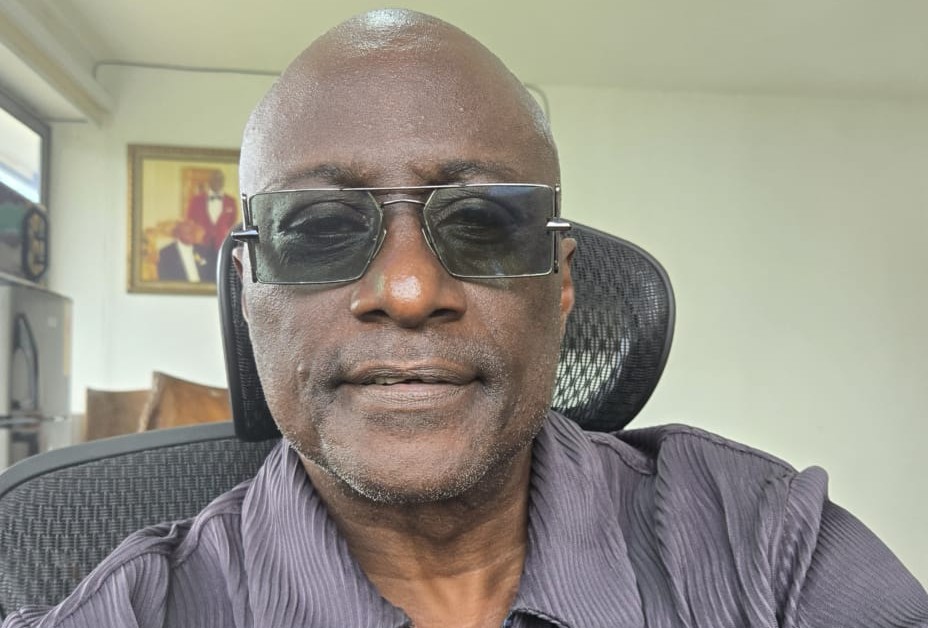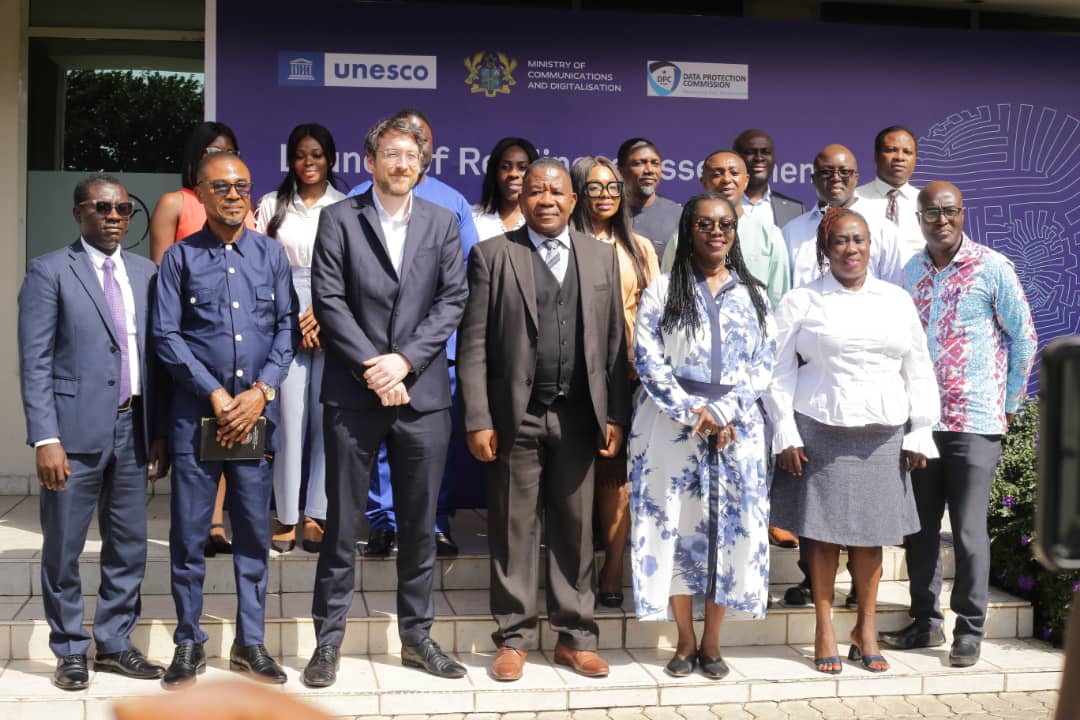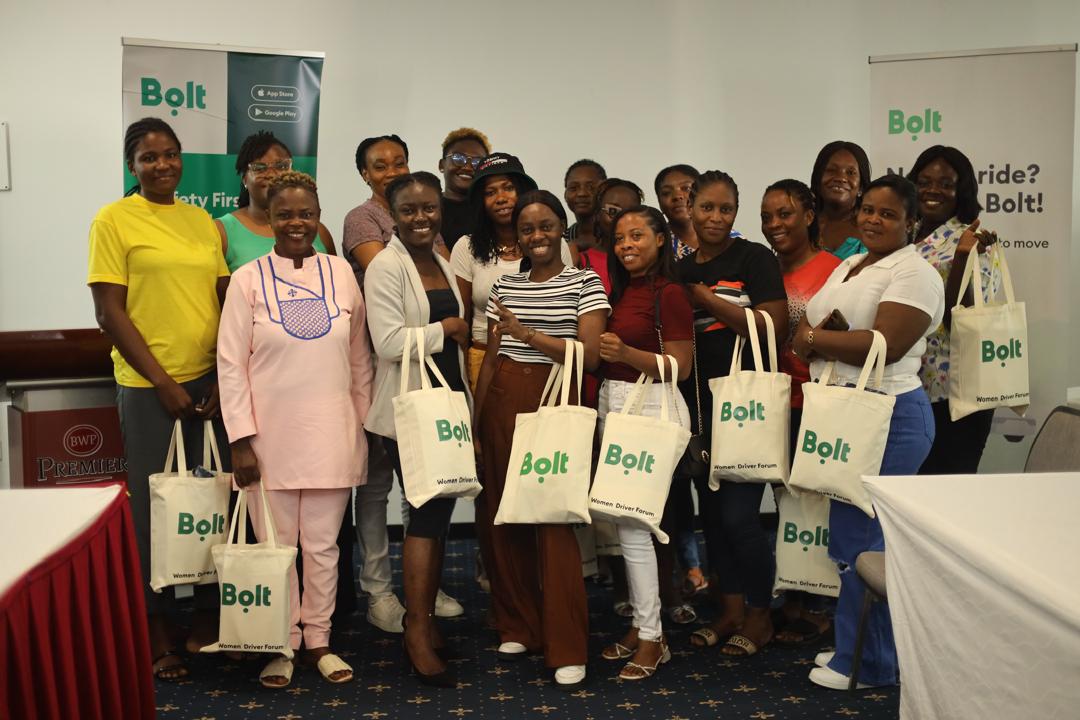Unconventional Relationship Structures: Embracing The Richness of Different Ways of Loving and Living
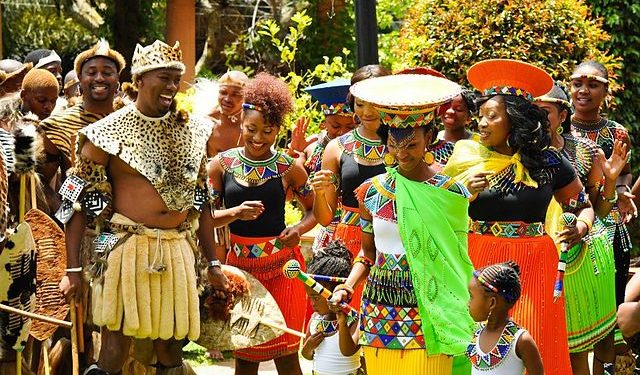
Source: Ghanaija
In the heart of the sprawling savannah, where the horizon stretches infinitely under the warm African sun, lived three friends whose bond was as unique as the land they roamed. Kwame, a wiry and quick-witted Maasai warrior, possessed an uncanny knack for tracking and survival. Next was Sade, a proud Zulu princess whose skill with the bow matched her sharp intellect. Lastly, there was Malik, a gentle yet astute nomad from the Sahara, whose knowledge of ancient customs and rituals was unrivaled.
Their friendship was forged through chance encounters and shared adventures across the diverse landscapes of Africa. Each brought something distinct to the trio: Kwame’s bravery, Sade’s wisdom, and Malik’s calm demeanor. Together, they navigated the challenges of the wild, finding harmony in their differences.
One day, during a trek across the Serengeti, they encountered a village unlike any they had seen before. The people of this village, the Ashanti, lived in communal harmony, practicing a form of relationship that intrigued and fascinated the three friends. Here, marriages were not bound by traditional roles but were flexible and open, based on mutual respect and understanding.
Intrigued by this unconventional structure, the friends delved deeper into the Ashanti way of life. They learned that love and companionship were celebrated in all forms, and that the bonds between individuals were not constrained by societal norms. It was a revelation that challenged their own preconceptions about relationships and opened their minds to new possibilities.
As they spent more time in the village, Kwame found himself drawn to Akosua, a spirited Ashanti woman with a passion for storytelling. Sade, always independent and curious, formed a close bond with Nkrumah, a respected elder who shared her love for archery and strategy. Malik, ever the observer, developed a deep connection with Amina, a healer whose quiet strength mirrored his own.
Their interactions with the Ashanti people taught them that love could be expressed and shared in myriad ways—beyond the confines of conventional partnerships. They witnessed marriages of equals, where mutual support and personal growth were paramount. The concept of family extended beyond bloodlines, encompassing all who shared in their journey.
However, their newfound understanding was put to the test when they encountered resistance from neighboring tribes who adhered strictly to traditional norms. Suspicion and misunderstanding threatened to unravel the harmony they had come to cherish. Yet, Kwame, Sade, and Malik stood firm, advocating for acceptance and respect for diversity in relationships.
Through diplomacy and perseverance, they bridged the gap between cultures, fostering a greater understanding among the tribes. They shared stories of their adventures and the lessons learned from the Ashanti village, inspiring others to embrace the richness of different ways of loving and living.
In time, the three friends became respected ambassadors of unity and tolerance across the African plains. They continued to roam the vast landscapes, sharing their experiences and promoting the idea that love knows no boundaries. Their journey was a testament to the power of friendship, the strength of diversity, and the beauty of exploring unconventional relationship structures.
As they looked out over the sweeping plains of Africa, under a sky painted with the colors of sunset, Kwame, Sade, and Malik knew they had found their purpose—to celebrate and cherish the myriad ways in which people connect and find meaning in each other’s lives. And so, their story became woven into the tapestry of African legend, a tale of courage, understanding, and the enduring bonds that transcend time and tradition.


